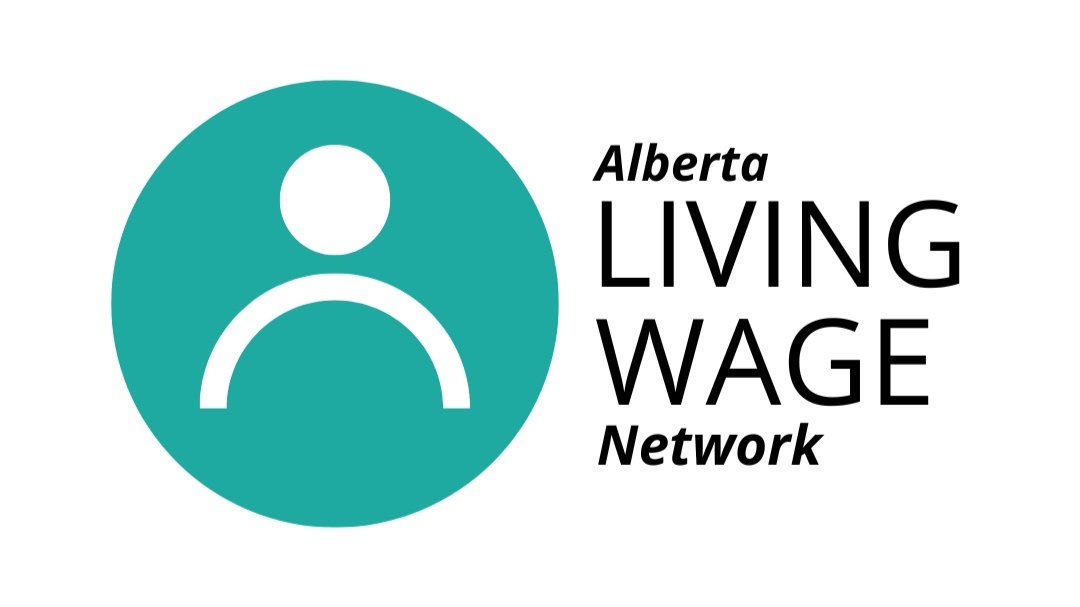New funding allocation for child care is driving down the cost of living in Alberta, but not for everyone
The Alberta Living Wage Network was all set to release Alberta’s 2021 living wages in September and we were thrown a wrench. There was good news and bad news. The good news was the Alberta Government announced it was directing $45 million to further support families earning up to $90,000 annually with their child care costs. The bad news was we needed to reprogram our living wage calculator and figure out how this impacted those living on low incomes.
Originally when we calculated the living wages we discovered that while the Alberta Childcare Subsidy (ACCS) program was quite generous for lower income families, it had a very steep cut off. This meant that if both parents earned $18 per hour, they would receive $6,660 in ACCS benefits. However, at $18.03 per hour they would lose the subsidy completely and their net annual income could decrease by as much as $4,073.
On July 26, 2021, the government announced that families earning a household income of up to $90,000 per year would now be eligible for the subsidy. This policy measure was an important one – especially because of how expensive childcare is in the province. In fact, according to the Business Council of Alberta, for a typical family with two children, child care eats up over 70% of the second earner’s net income.
So we plugged a few numbers and we determined that this would result in lower living wages in most communities across the province. For instance, Calgary’s living wage went from $23.22 to $18.60 per hour. Interestingly, the exceptions were Canmore and Fort McMurray where the living wages are so high, typical living wage earners wouldn’t qualify for the subsidy even though they probably need it even more.
Don’t get me wrong, we applaud the Alberta government for making life more affordable for many people, but there are issues. The subsidy is only available to parents of kids in licensed daycare, family day home and out-of-school care programs. People wishing to get the subsidy also need to apply (and renew in subsequent years) and file taxes, which we know can be a barrier to many on low incomes. Also, people who are not Canadian citizens or permanent residents would not qualify leaving many recent immigrants or temporary foreign workers out.
But where does that leave single parents or people paying for child care and not receiving the subsidy? Or even individuals who don’t have kids? True they have fewer mouths to feed, shelter and clothe, they also don’t benefit from things like family cell phone plans, shared housing and utilities, and they often don’t get the same level of government benefits that people with children get. In fact, our calculations show single people with no kids almost always have a higher living wage than our base family of four with two kids.
You’re probably asking why we chose this family type. You may be surprised to learn that it is the most common family type in Alberta. It also enables our calculations to align with the Canadian Living Wage Framework. This is important so living wages can be meaningfully compared with other jurisdictions.
Where do we go now? Using a family of four for our calculation was not intended to make life less affordable for other family types. So, we’re back to crunching numbers. We’re also working with other provinces and Living Wage Canada to determine the best approach for having consistent data. We’ll keep you updated as we work through these issues.
In the meantime, if you’re eligible be sure to apply for the Alberta Child Care Subsidy. The program is a good one and the new eligibility cutoff allows about 12,000 more parents to qualify.
